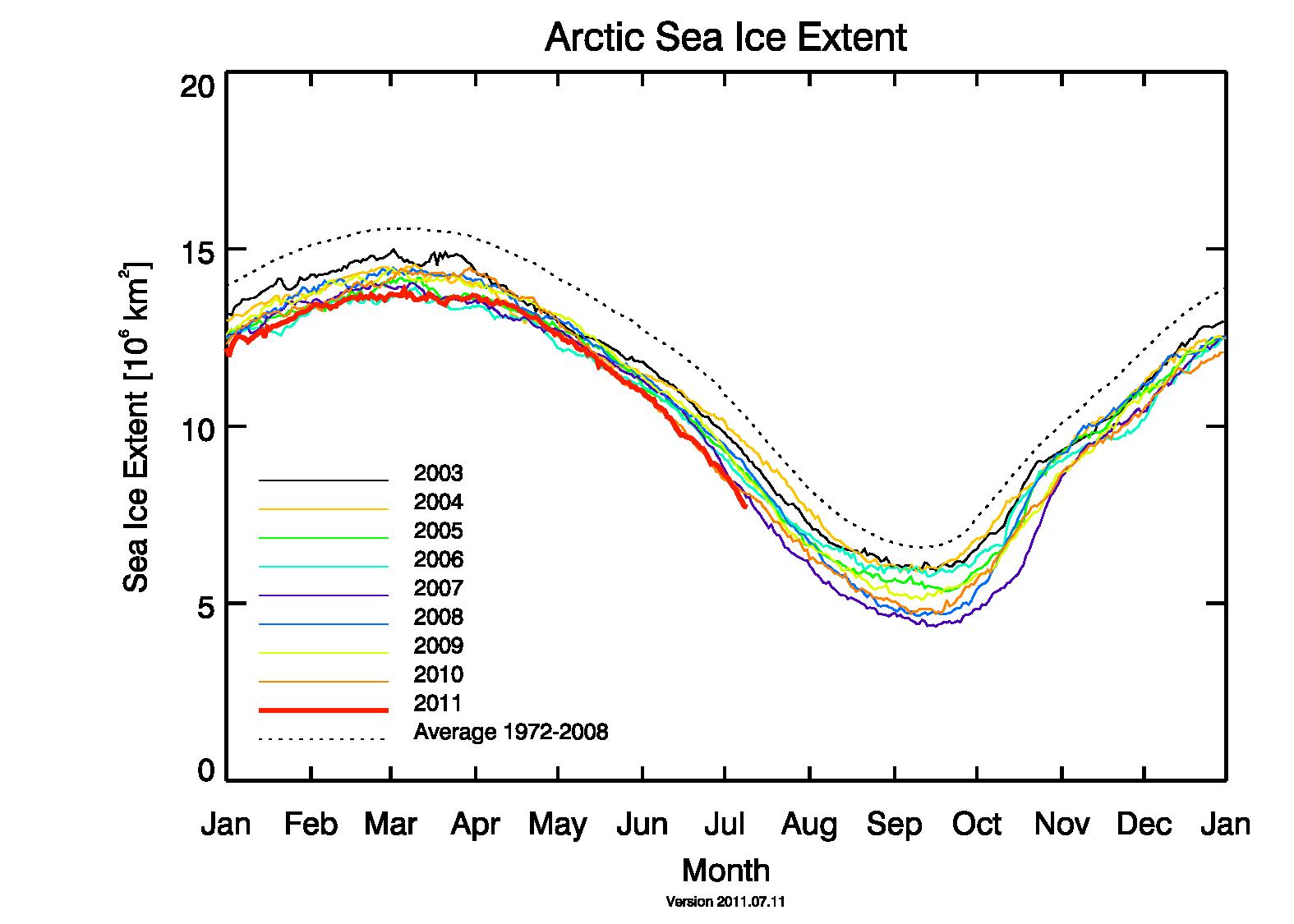skip to main |
skip to sidebar

Eli meant to behave but there were way too many options.
KoFi Button

Contributors
Eli Rabett
Eli Rabett, a not quite failed professorial techno-bunny who finally handed in the keys and retired from his wanna be research university. The students continue to be naive but great people and the administrators continue to vary day-to-day between homicidal and delusional without Eli's help. Eli notices from recent political developments that this behavior is not limited to administrators. His colleagues retain their curious inability to see the holes that they dig for themselves. Prof. Rabett is thankful that they, or at least some of them occasionally heeded his pointing out the implications of the various enthusiasms that rattle around the department and school. Ms. Rabett is thankful that Prof. Rabett occasionally heeds her pointing out that he is nuts.
Brian's Other Blog
On Line Textbooks
- Atmospheric Chemistry - Daniel Jacob
- Environmental Geosciences - Robert Stewart
- Ray Pierrehumbert on the physics of climate
- David Archer's Global Warming (Parts)
- Spencer Weart's Disovery of Global Warming
- Stratospheric Ozone
- Global Land Vegetation
- Polar Sea Ice
- Sea Surface Temperatures
- Skeptical Science - not a book but a resource
Mostly Science
- And Then There's Physics
- Blue Skies Research - J&J in the UK
- Bob Grumbine in the 21st Century
- Easterbrook's Serendipity
- Izen or Izen it not?
- James' Empty Blog
- Neven's Artic Sea Ice Blog
- Nick Stoke's Moyhu
- Real Climate
- Science of Doom
- Simon Donner's Maribo II
- Tamino's Open Mind
- The Weasel, aka Stoat
- Victor Venema
- Weather from Bridford, Devon, a beautiful corner of the world
Mostly Climate Policy
Other Lands
Southerners
Cuter in Bunny Ears
Blog Archive
-
▼
2011
(306)
-
▼
July
(31)
- There's a Word for That
- Bow to Mark Levin with the human body temperature ...
- Enceladus rains water vapor on Saturn - how about ...
- Lubos' mind turned like the vanes of a wind-powere...
- I Got the Ice Right Here
- Isaac Held Catches Up With Eli
- Eli is a Mild Mannered Bunny
- Who burgled the UEA in "Climate-Gate"?
- Athropolis
- Texas
- Hot or Cold
- Harm minimization, the space program, and carbon caps
- NAID/NIH Grants
- The tipping point range in land use planning is be...
- TFGM
- Reversals of consensus in medical science
- Letter, We Get Letters. . .
- RTFGM
- The Models Suck: Part I
- You Just Gotta Do It
- Toilet
- Measuring and melting glaciers in Alaska
- Without Comment
- A Perfect Moral Storm
- Pat Michaels' Eraser
- Not Getting It
- Mother Kloor Would Not Approve
- Revenge is a Dish Best Eaten Cold
- Googling Your Name
- Gueesss Who?
- Don't tell me they figured this out
-
▼
July
(31)
Nil Nisi
- A Few Things Illconsidered
- Arthur Smith
- Atmoz
- Capital Climate
- Chris Colose
- Climate Physics Forum
- Cruel Mistress
- Deep Climate
- Delayed Oscillator
- Deltoid
- Denis Delbecq
- Fergus Brown's Old Man
- Greenfyre
- Horatio's Muse
- John Nielsen-Gammon
- Lab Lemming
- Logical Science
- Magnus Westerstrand
- N3xus 6
- Policy Lass
- Post Normal Times
- Rick Piltze
- Some Are Boojums
- Throbgoblin





11 comments:
Recipe for toast: Us.
Also interesting is the Antarctic Bremen ice extent:
http://www.grinzo.com/energy/graphs.html
KenH
Welcome to Terra, where every year's Arctic sea ice is below average.
There's four comments now. Any guesses when Nares strait will fully freeze up again? 8000 AD? At what odds? 2300 AD? Should there be caveats for this, like if there's a 20 mile iceberg from Greenland blocking the strait the bet would be called off for 5 years? But I guess this kind of bet is still a bit too early to make.
KenH 11/7/11 7:23 PM
Grinzo has the AGGI index chart, but is missing [I think] the ODGI (Ozone Depleting Gas Index)... partly affected by same gases as shown on the AGGI. See http://www.esrl.noaa.gov/gmd/odgi/
Sekerob
Think I need to go dig for that data set underlying the Bremer Uni Arctic chart... interested in getting that 1972-1978 piece,
Sekerob
Not quite so detailed, but updated daily:
http://nsidc.org/arcticseaicenews/
The interesting thing -- and by that I mean "dismal" -- is to note that current melt consistently tracks more than 2 standard deviations below the mean. Just by eyeballing the chart, in fact, the lines have recently been twice the 2 std. deviation bar. (Is that 4?)
The recently available James Hansen paper strongly argues that even short term climate sensitivity has been underestimated.
Jeffrey Davis
Jeffrey Davis -- "(Is that 4?)"
Yep.
There is no way this can happen after a strong La Nina. No way. And with the sun napping? Get real, this is impossible.
That graph has to be a hoax, and now I know why they call it graph and corruption!
http://www.atmos.washington.edu/~bitz/publications.html
Most recent paper in that page is a pre-publication print offering some hope for the next millenium recovery
http://www.atmos.washington.edu/~bitz/Armour_etal2011.pdf
GEOPHYSICAL RESEARCH LETTERS, VOL. ???, XXXX, DOI:10.1029/,
The reversibility of sea ice loss in a state-of-the-art 2 climate model
Armour, Eisenman, Blanchard-Wrigglesworth, McCusker, and Bitz
"The lack of evidence for critical sea ice thresholds within a state-of-the-art GCM implies that future sea ice loss will occur only insofar as global warming continues, and may be fully reversible. This is ultimately an encouraging conclusion; although some future warming is inevitable [e.g., Armour and Roe, 2011], in the event that greenhouse gas emissions are reduced sufficiently for the climate to cool back to modern hemispheric-mean temperatures, a sea ice cover similar to modern-day may be expected to follow."
Extent decrease might start slowing down in a couple of days, but it's too early to tell.
Post a Comment